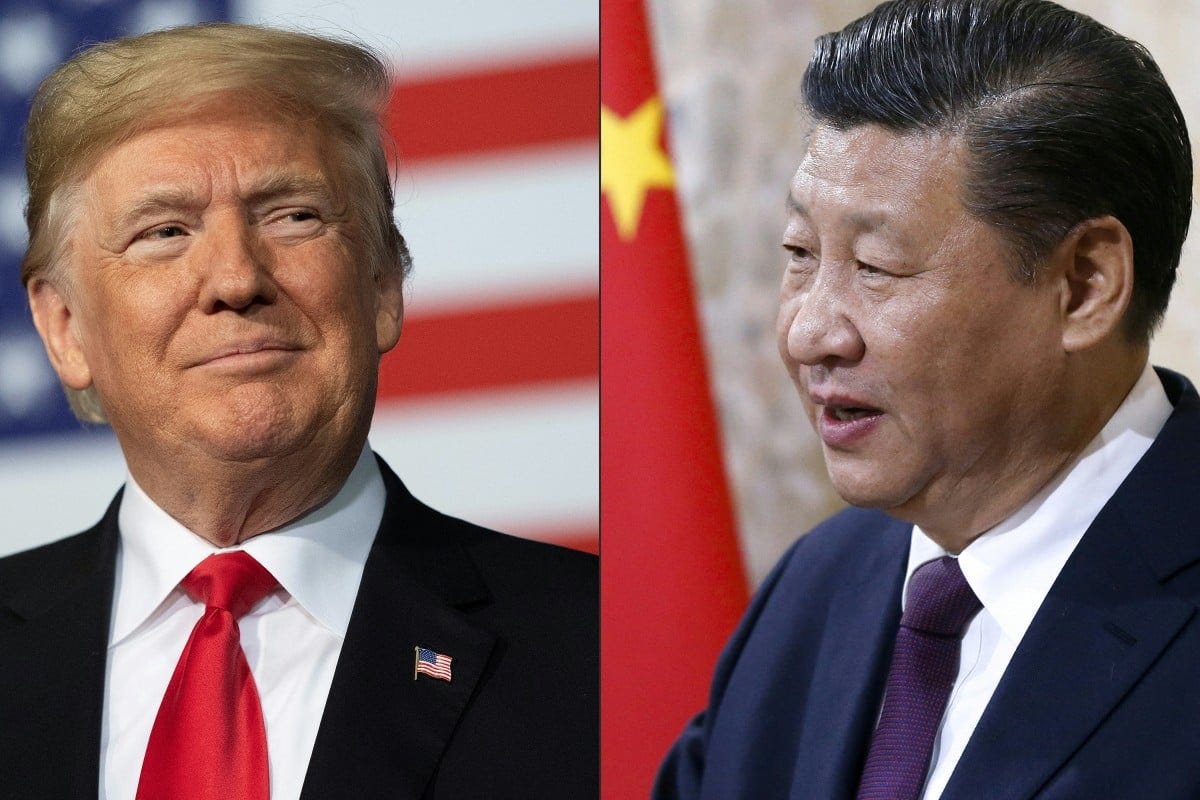By: Khanh Vu Duc
The November 24 phone call between US President Donald Trump and Chinese President Xi Jinping signals more than a temporary pause in bilateral tensions. Amid heightened pressures over Taiwan, the ongoing war in Ukraine, and fragile global supply chains, both powers appear to be testing a new rhythm of strategic competition: one that prioritizes tempo control over confrontation.
For middle powers and regional actors in the Indo-Pacific, including Vietnam, the conversation offers a window into both risk and opportunity — provided these countries possess the institutional capacity and strategic foresight to respond effectively.
While official summaries emphasized trade disputes, Taiwan, and Ukraine, the subtext is critical. Trump is focused on stabilizing markets, preserving leverage, and calibrating a strategic stance without provoking escalation. Xi, meanwhile, seeks to buy time for industrial and military reorganization while mitigating external pressures.
This controlled approach to rivalry is not a détente; it is a tactical adjustment that temporarily tempers confrontation while leaving the underlying strategic competition intact. Regional actors must interpret these signals carefully: misreading the new cadence could magnify vulnerabilities and constrain maneuverability.
Strategic Signaling and the New Competition Tempo
The Trump–Xi call illustrates a recalibration in strategic signaling. For the US, maintaining credibility with allies while avoiding an unnecessary military entanglement remains paramount. For China, signaling restraint on immediate confrontational fronts – such as maritime maneuvering around Taiwan – allows domestic priorities to take precedence without appearing weak internationally.
This synchronized moderation introduces a “gray space” in the regional security environment: Japan and South Korea are expected to deepen security cooperation with Washington, Taiwan faces persistent but predictable gray-zone pressures, and ASEAN states must hedge more delicately between reassurance and strategic autonomy.
The recalibration also reshapes expectations for engagement. Smaller states and middle powers can temporarily benefit from reduced pressure points, but only if they possess a clear framework for interpreting great-power intentions. In practice, many regional capitals may find themselves navigating ambiguities, balancing between signaling alignment and preserving strategic independence.
Middle Powers Under Pressure: Vietnam
Vietnam exemplifies the challenges confronting middle powers in a highly competitive Indo-Pacific. Its “bamboo diplomacy,” flexible, resilient, adaptive, has long served to navigate the pressures of US–China competition. Yet flexibility alone cannot substitute for strategic depth. Hanoi’s approach has historically prioritized regime preservation over long-term national strategy, sending mixed signals to both Washington and Beijing. This caution, while protective, may constrain Vietnam’s ability to translate temporary openings into durable strategic gains.
The Trump–Xi adjustment exposes a structural vulnerability: Vietnam’s internal governance – limited transparency, centralized decision-making, and constrained strategic debate – hampers its capacity to act decisively. Without a robust national framework, a middle power cannot leverage shifts in great-power competition effectively. Credibility in the eyes of both the U.S. and China derives not from hedging skillfully but from demonstrating consistent strategic priorities anchored in national interest.
Strategic Implications
The Indo-Pacific now exists in a delicate equilibrium of controlled rivalry. For middle powers like Vietnam, the opportunity is clear: temporary recalibration by great powers offers space for strategic consolidation. Yet seizing this window requires more than diplomatic acumen. It demands institutional resilience, rule-based governance, and a coherent national strategy that prioritizes long-term national interest over regime maintenance.
Countries that cultivate such resilience can engage with both Washington and Beijing from a position of agency rather than dependency. They can shape the terms of engagement, reinforce territorial and economic security, and strengthen their regional influence. Those that fail to do so risk remaining passive actors, perpetually reactive and constrained by the agendas of larger powers.
For policymakers, FDI investors, NGOs, and international think tanks observing the region, the lesson is clear: the recalibration is not an end in itself. It is a strategic opportunity and a cautionary tale. Middle powers must translate temporary pauses in great-power competition into lasting institutional and strategic advantage. The Trump–Xi call is less a resolution than a reminder that agency, institutional depth, and strategic clarity are the true currencies of influence in the Indo-Pacific.

